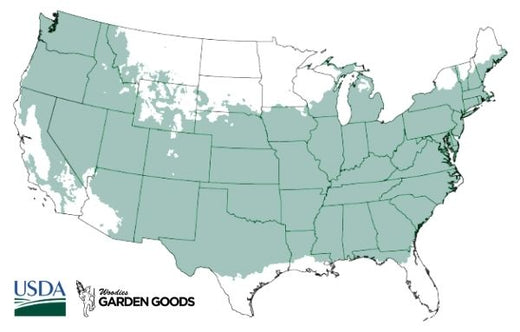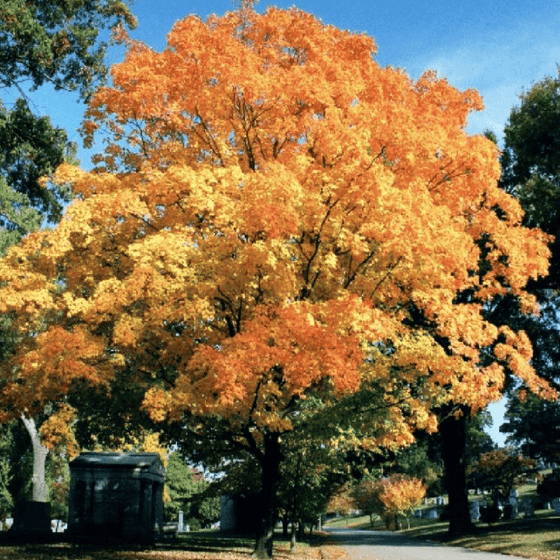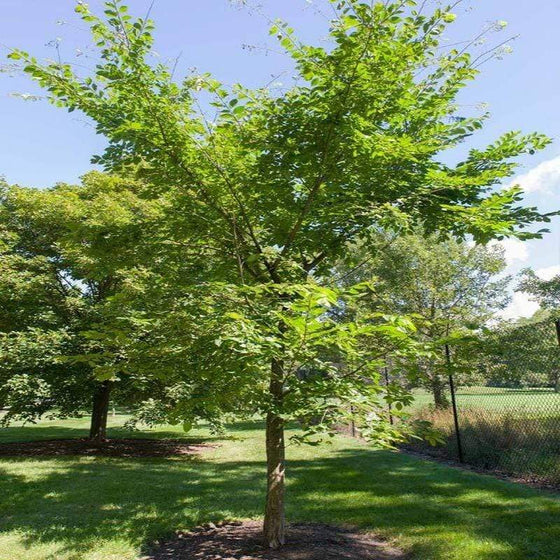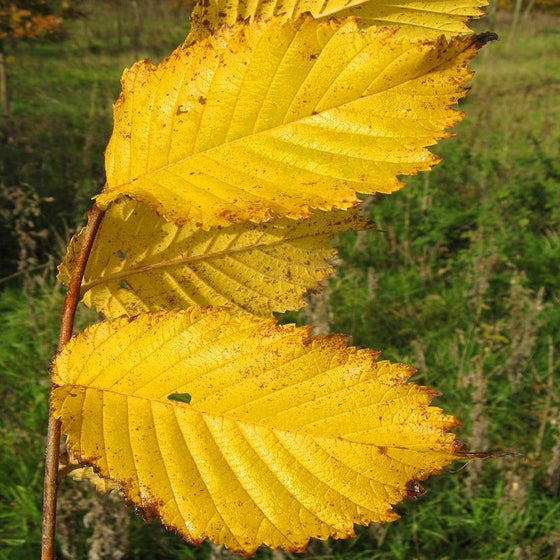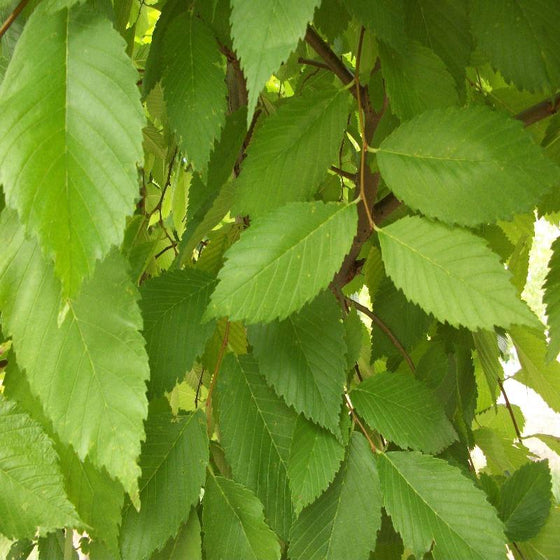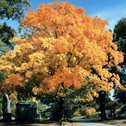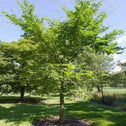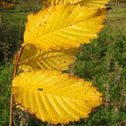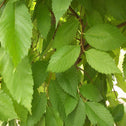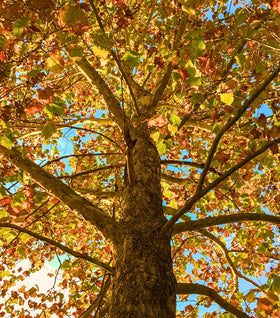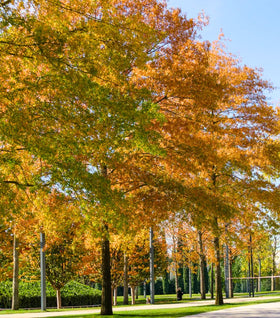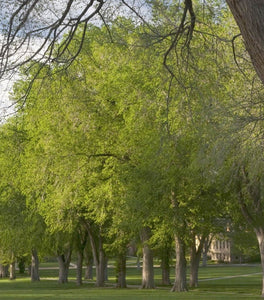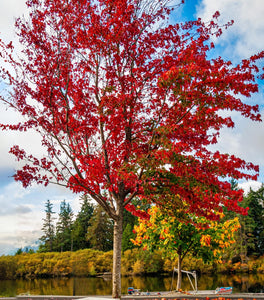Images Depict Mature Plants
Valley Forge Elm Trees for Sale Online
Valley Forge Elm trees are the most resistant to Dutch Elm Disease of any elm. This fast-growing tree develops a vase-shaped, dense canopy that provides excellent shade. Fall color is yellow and this tree tolerates salt, poor soil conditions, drought, and pollution. Makes a great lawn or street tree.
| Hardiness Zone: | 5-8 |
|---|---|
| Mature Height: | 50 to 60+ feet |
| Mature Width: | 50 to 60 feet |
| Classification: | Broad Leaved deciduous tree, Shade Tree |
| Sunlight: | Full Sun |
| Habit: | Upright, spreading |
| Foliage: | Dark Green, brilliant buttery yellow in fall |
| Flower Color: | Inconspicuous |
| Pruning Season: | No pruning needed |
| Soil Condition | Any well drained soil |
| Water Requirements: | Water well until established |
| Uses: | Tolerates moist soil and full sun. Full sun brings out the best fall color. Will adapt to drier sites |
Growzone: 5-8
![Valley Forge Elm Tree Hardiness Zone 5-8]()
